Learn everything you need to know about ecommerce shipping and international shipping—from customs and carriers to packaging, insurance, and fulfillment. A complete guide for cross-border ecommerce success.
Key Takeaways
→ Understand the key differences between domestic and international shipping, including customs, duties, and delivery timelines.
→ Learn how to choose the best carriers, calculate shipping costs, and protect shipments with insurance.
→ Discover scalable solutions like fulfillment centers and automation tools to streamline global shipping operations.
What is International Shipping?
International shipping refers to the process of transporting goods from one country to another.
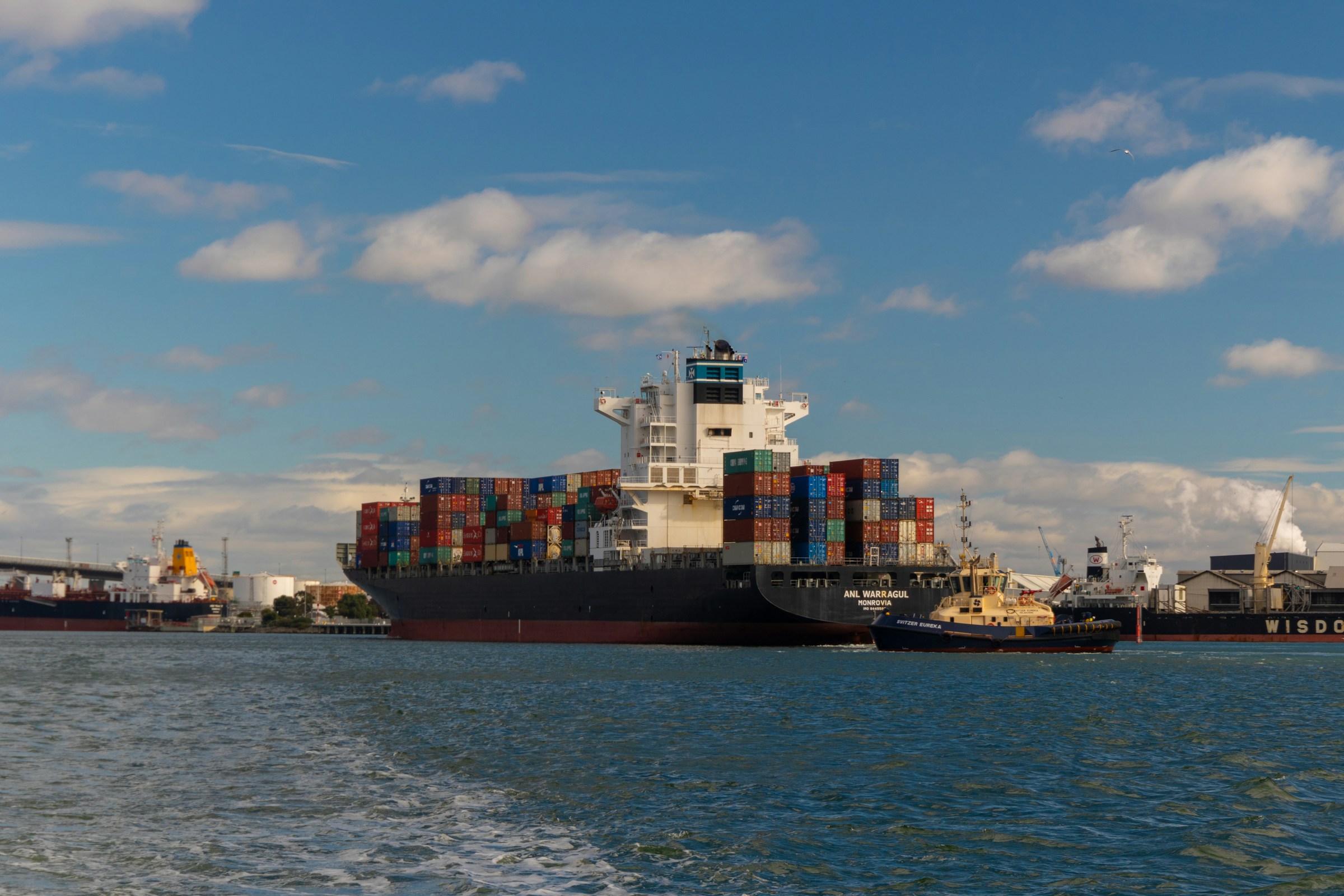
What is ecommerce shipping?
For ecommerce stores, it means fulfilling customer orders beyond domestic borders — navigating shipping regulations, carriers, customs, and delivery across international lines.
…It sounds glamorous, but it’s mostly paperwork and boxes.
Why International Shipping Matters for Ecommerce
Let’s be honest: you didn’t start your ecommerce store just to sell within your neighborhood.
International shipping opens the doors to a global market, allowing you to scale your business, reach new customer segments, and increase your brand visibility across continents.
It transforms a small business with a few SKUs into a global player with enough reach to mildly irritate customs agents on every continent.
Whether you’re based in Omaha or Oslo, selling globally allows you to tap into rising global ecommerce trends and meet the demand of customers who have developed a taste for imported goods, fast shipping, (and unnecessary online purchases).
Domestic and International Shipping: Key Differences
While domestic shipping involves a relatively straightforward supply chain, global shipping is like a full-contact sport.
Key differences include:
- Customs clearance: International packages must be declared and inspected before entering another country.
- Duties and taxes: These delightful fees vary by destination and often confuse both senders and recipients.
- Shipping times: Domestic delivery may take a couple of days; cross-border shipping can take anywhere from three days to three weeks depending on the method.
- Regulations and restrictions: Every country has rules about what can and cannot be imported, and they love making them complicated.
Benefits and Challenges of Cross-Border Shipping
Benefits:
- Access to new markets and customers who’ve never heard of you but definitely need that organic beard oil.
- Increased revenue potential, especially during regional shopping holidays.
- Competitive advantage over domestic-only sellers.
- Diversification of your customer base — because putting all your orders in one timezone is risky.
Challenges:
Navigating the complexities of international freight and the shipping process can be daunting.
- Higher shipping fees, longer delivery times, and more complex returns.
- Import/export regulations that read like bad IKEA instructions.
- Managing customer expectations across cultures, languages, and timezones.
- Risk of delays, damaged goods, or someone in customs just… keeping your stuff.
In short: global shipping is the ecommerce equivalent of “go big or go home.” It’s more complex than domestic delivery, but the rewards can be worth the effort — if you navigate the international shipping process correctly.
To make shipping more efficient, here are 9 strategies worth considering.
1 Build an International Shipping Strategy
The global cross-border ecommerce market was valued at $2.50 trillion in 2024 and is projected to reach $5.06 trillion by 2028, growing at a compound annual rate of over 25%.

Ecommerce Shipping – Strategy
With over 30% of all ecommerce transactions now happening across borders, entering international markets is no longer optional — it’s essential for growth.
Determine What and Where You’ll Ship
Before expanding internationally, it’s crucial to define your shipping scope.
- Decide which products are suitable for cross-border shipping based on size, weight, value, and compliance with destination country regulations.
- Evaluate where demand exists for your products, and prioritize regions with reliable shipping infrastructure and clear customs procedures.
- Use historical sales data, market research, and platform analytics to guide your decisions.
Understanding International Markets and Customer Behavior
Each country has unique customer expectations, cultural norms, and ecommerce habits.
Shipping speed, packaging preferences, and payment methods can vary widely. Understanding these nuances helps create a shipping experience that meets customer expectations and reduces friction.
Consider local languages, preferred delivery windows, and how customers in each region handle returns.
Selecting Appropriate Shipping Methods
Different products and markets require different shipping methods. Consider offering a mix of:
- Standard shipping for cost-sensitive customers
- Expedited or express international shipping for customers who prioritize speed
- Eco-friendly options where sustainability is a concern
Balancing speed, cost, and reliability will help you remain competitive across regions.
Offering Flexible Shipping Options
Providing multiple shipping options — such as flat rate shipping, real-time carrier rates, and free shipping thresholds — can improve conversion rates.
Transparency is key. Customers should know what they’ll pay, how long it will take, and what options they have at checkout.
Managing Overseas Shipping Times and Customer Expectations
International shipping often comes with longer delivery windows.
To maintain trust, set realistic expectations on delivery times and keep customers informed through tracking updates.
Partnering with reliable carriers and leveraging shipping software can streamline this process and reduce delays.
2 Understand Import/Export Regulations
Each country maintains its own list of prohibited and restricted items that cannot be imported.
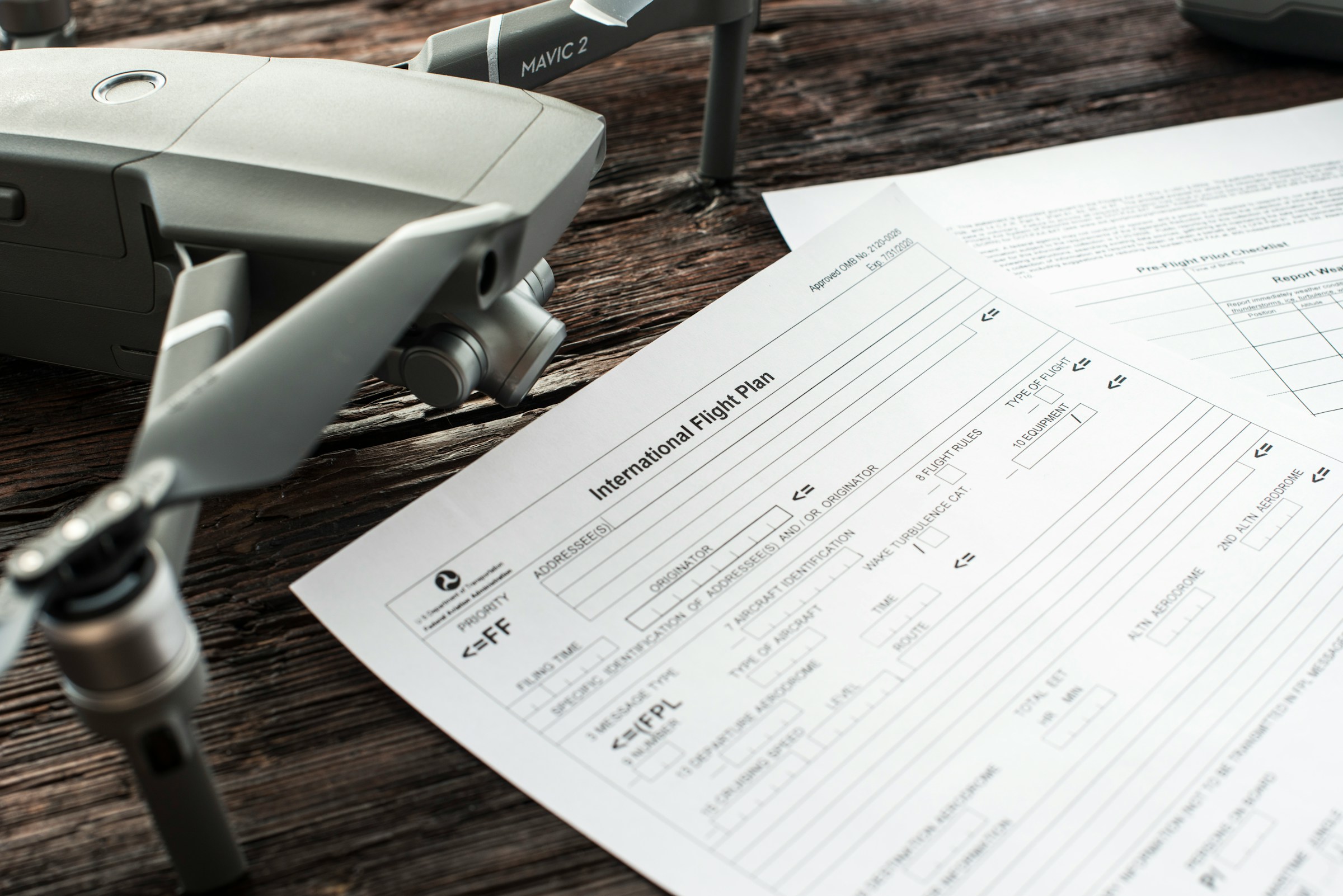
Ecommerce Shipping – Import-Export Regulation
What Are Prohibited Items?
These may include obvious items like firearms, counterfeit goods, and perishable foods, as well as more unexpected restrictions — like beauty products containing certain ingredients or electronics without certifications.
Before shipping internationally, review the import guidelines of each destination to ensure compliance and avoid delays, penalties, or confiscation.
Country-Specific Shipping Restrictions
Beyond prohibited goods, many countries also have shipping restrictions that depend on packaging standards, labeling, and product categories.
For instance, some regions may require special documentation for electronics, textiles, or health-related products.
Use up-to-date resources from carriers or customs agencies to stay compliant and minimize border issues.
Complying with Import/Export Regulations
Export compliance isn’t just a box to check — it’s a legal requirement.
Businesses must ensure they are authorized to export goods from their own country and meet the import regulations of the destination.
This includes:
- Accurate product classification using harmonized codes (HS codes)
- Declaring correct values for customs purposes
- Completing required export documentation
Failing to comply can result in fines, shipping delays, or the loss of shipping privileges.
Handling Customs Duties and Taxes
Customs duties, tariffs, and taxes — often referred to as landed costs — can affect the total price customers pay and your profit margins.
Duties vary depending on the destination country, the type of product, and its declared value. Businesses must decide who will be responsible for these charges:
- DDU (Delivered Duty Unpaid): The customer pays at delivery
- DDP (Delivered Duty Paid): You cover the cost and include it in the product price or shipping fee
Being transparent about duties and taxes at checkout helps avoid unpleasant surprises for customers and builds trust.
Customs Declaration Forms
To get through customs smoothly, shipments must include the correct paperwork.
The key forms include:
- Commercial Invoice: Lists the product, its value, and origin; used to assess duties
- Export Packing List: Provides details about the contents, dimensions, and weight of the item
- Certificate of Origin (if required): Proves where the product was made
Completing these forms accurately and legibly helps prevent customs delays and ensures legal compliance.
3 Choose the Right Shipping Carriers
The type of carrier you choose depends on your product size, delivery timeline, budget, and destination.
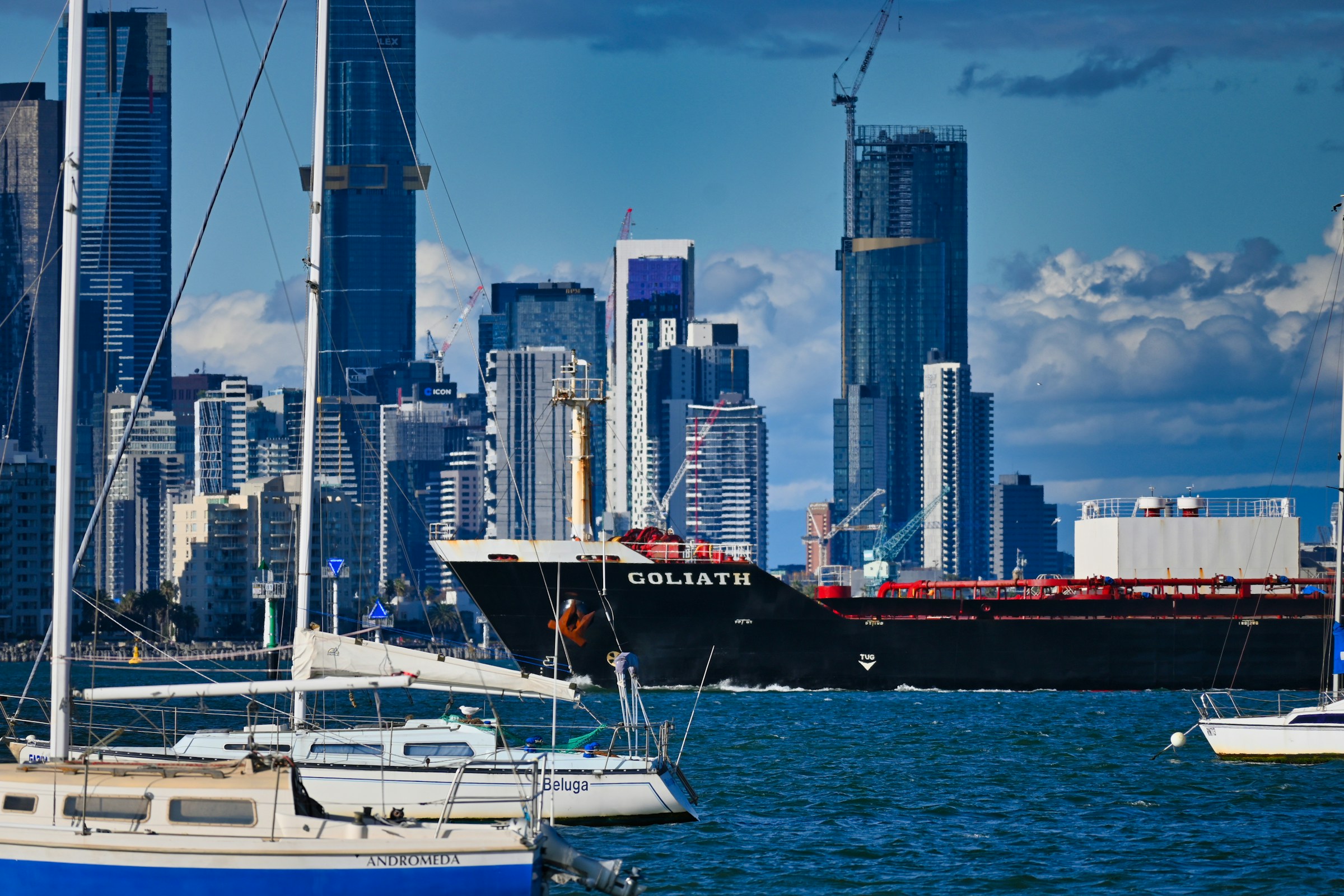
Ecommerce Shipping – Choose the right provider
Comparing Postal Services, Couriers, and Freight Forwarders
There are three main types to consider:
| Carrier Type | Description | Best For |
| Postal Services | Government-operated carriers like USPS, Royal Mail, or Canada Post. Cost-effective for small, lightweight parcels. Tracking can be limited, and delivery speed depends on local infrastructure. | Low-cost, lightweight shipments with flexible timelines |
| Couriers | Private carriers like FedEx, UPS, DHL, and DPD. Offer fast delivery, end-to-end tracking, and stronger customer support. | Ecommerce stores needing speed and reliability |
| Freight Forwarders | Coordinate bulk shipments via air, ocean, or land freight. Provide support with customs and documentation. Ideal for larger or high-volume operations. | B2B, large shipments, international bulk logistics |
Did you know? Over 80% of global trade by volume relies on efficient cargo management and international shipping. is transported via ocean freight.
This makes freight forwarders a vital option for ecommerce businesses shipping large quantities internationally — especially when balancing cost and scale.
Evaluating International Shipping Companies
Consider the following when comparing options:
- Ecommerce Shipping rates and how they scale with package size and weight
- Delivery times and service coverage across your target regions
- Tracking capabilities and order visibility for customers
- Integration with ecommerce shipping software
- Customer service quality and dispute resolution policies
Each carrier also offers different services such as standard shipping, express shipping, or freight options — allowing you to tailor delivery experiences based on product type or customer location.
Best Carriers for Specific Regions
Some carriers have better infrastructure or customs relationships in certain countries.
For example:
- DHL has strong coverage in Europe, Asia, and the Middle East
- FedEx and UPS dominate North American and cross-Atlantic routes
- Royal Mail and DPD are popular for UK-based ecommerce businesses
- USPS offers reliable global ecommerce shipping for budget-conscious U.S. sellers, especially when combined with local postal partnerships abroad
Choose carriers based on their strengths in the regions you’re targeting, rather than a one-size-fits-all approach.
Carrier Selection Based on Ecommerce Model
Your ecommerce shipping needs may vary depending on how your store operates:
- Dropshipping: Look for carriers that integrate well with your supplier’s fulfillment process
- Recommerce shipping (reselling used goods): Choose carriers with package tracking and support for variable weights or irregular packaging
- Subscription boxes or large orders: Consider hybrid models that mix courier speed with international freight-level pricing
Selecting the right carrier — or combination of carriers — lays the foundation for consistent delivery performance and better customer satisfaction.
4 Calculate International Shipping Costs
While 38% of international ecommerce deliveries are delivered in five days or less, 10% still take 15 days or longer to arrive.
Delivery time impacts customer satisfaction and should be factored into your cost strategy, especially if you’re offering free or flat rate ecommerce shipping.

Ecommerce Shipping – Compute shipping fee
Core Shipping Costs
The base fee is determined by factors like package weight, dimensions, destination, and the selected service level (standard, expedited, express).
Carriers use dimensional weight (volume-based pricing) to calculate rates for lightweight but bulky packages.
Shipping to farther shipping zones generally costs more, so it’s important to understand how carriers define zones based on origin and destination.
Packaging Materials and Handling Charges
The type of packaging you use — boxes, mailers, protective inserts — affects both shipping fees and product safety.
Heavier or irregular packaging can increase dimensional weight and result in higher costs. Handling charges may also apply if you outsource fulfillment or require special services like fragile item processing or temperature control.
Choosing eco-friendly or custom packaging can be a brand win, but keep in mind how it impacts your cost structure.
Customs Duties and Taxes
International deliveries may be subject to import taxes, duties, and other fees based on product type and destination.
These customs duties are usually calculated using the product’s declared value, origin, and harmonized code.
You’ll need to decide whether to charge customers at checkout (Delivered Duty Paid, or DDP) or have them pay upon delivery (Delivered Duty Unpaid, or DDU).
Be clear about this to avoid surprises, abandoned carts, and unhappy customers.
Shipping Insurance and Risk Management
Shipping insurance protects your ecommerce business from loss, theft, or damage during international transit.
Some carriers offer basic coverage, while third-party insurance can cover higher-value shipments or fill in coverage gaps.
Consider insurance for fragile or high-ticket items, especially when shipping to regions with higher risk of delivery issues.
If you’re looking for a reliable solution, ShipAid offers customizable shipping protection and branded claims portals designed specifically for ecommerce stores. It’s a solid option for businesses that want to reduce risk while improving the post-purchase experience for their customers.
Maintaining Profit Margins
Delivery costs can erode your margins if not carefully managed. To stay profitable:
- Factor shipping into your product pricing or offer free shipping over a certain order value
- Bundle products to reduce cost per item
- Use shipping apps to compare carrier rates and optimize routes
Pricing Transparency
Clearly communicate shipping fees, delivery times, and any additional fees at checkout.
Offering a shipping calculator, displaying real-time carrier rates, or providing a flat rate simplifies decision-making for your customers and builds trust.
Ready to go global the right way?
Master the 9 strategic moves to build international SEO that actually works—no guesswork, no wasted traffic.
5 Packaging, Labeling, and Documentation
Selecting appropriate packaging is critical for international ecommerce shipping.

Ecommerce Shipping – Packaging, Labels, Documentation
Choosing the Right Packaging Materials
It must protect the product across longer distances, different climates, and multiple handling points.
Use sturdy, corrugated boxes, padded mailers, or protective wraps based on the fragility, weight, and size of the item.
Packaging materials should be:
- Durable enough to survive international transit
- Sized efficiently to avoid dimensional weight upcharges
- Weather-resistant when necessary
- Compliant with destination country standards
Eco-Friendly and Custom Packaging Considerations
Sustainable packaging reduces environmental impact and appeals to eco-conscious customers.
Consider using biodegradable fillers, recyclable boxes, or minimalist designs. Custom-branded packaging can enhance the unboxing experience, but make sure it doesn’t add unnecessary weight or complexity for customs.
Properly Labeling Your Parcels
Labels are more than just addresses — they’re the passport of your shipment. Incorrect or incomplete labeling can lead to delays, lost packages, or customs holds.
Each parcel should clearly include:
- The recipient’s full name and address (with country and postal code formatted correctly)
- A shipping tag with barcode and tracking number
- Return address (mandatory in many countries)
- Any necessary warning or handling labels (e.g., “fragile,” “perishable”)
Ensure your labels are printed clearly, securely attached, and waterproofed if needed.
Shipping Labels and Documentation
Ecommerce shipping labels are generated through your carrier or ecommerce platform and include essential details for routing and tracking.
Be sure to include:
- Accurate tracking numbers so customers can follow their order
- Customs declarations for international orders, usually generated alongside your label
Most ecommerce platforms (like Shopify, WooCommerce, BigCommerce) integrate with shipping apps that can automate label generation and ensure accurate documentation.
Tracking Numbers and Order Tracking Integration
Providing customers with tracking numbers helps manage delivery expectations and reduces customer support queries.
Integrated order tracking systems and freight forwarding solutions can send automated updates at every shipping milestone. This enhances transparency and builds trust — especially important for international orders where delivery times vary.
Packaging Mistakes to Avoid
- Overpacking, which increases dimensional weight (and costs)
- Inadequate cushioning for fragile items
- Non-compliant labeling or missing customs forms
- Using branded packaging that might invite theft or tampering in certain regions
Getting your packaging and documentation right isn’t just about presentation—it’s key to ensuring your products actually arrive, intact and on time.
6 Customs Clearance and Border Logistics
Customs clearance is the mandatory process where your shipment is reviewed, inspected, and approved for entry into a foreign country.
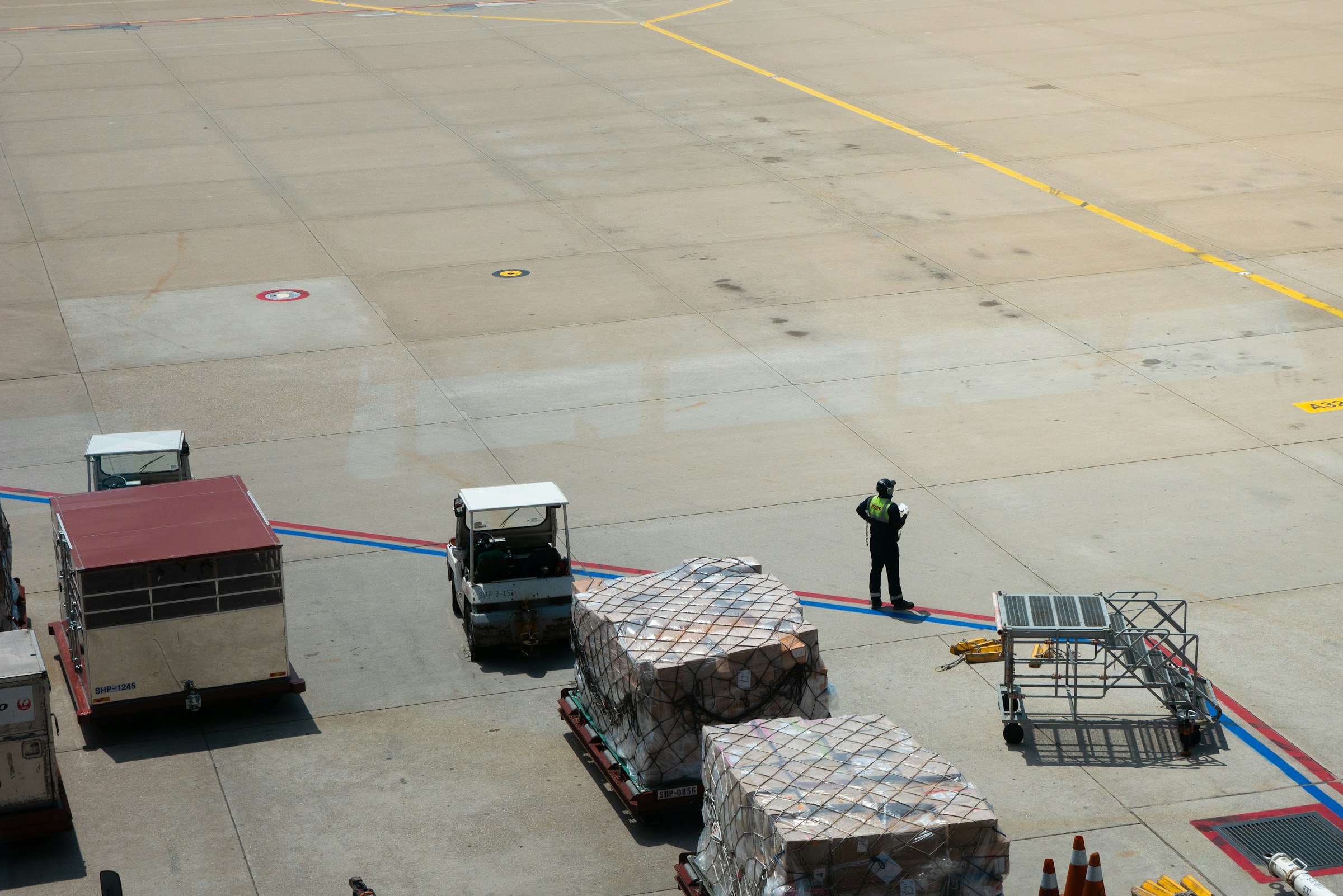
Ecommerce Shipping – Customs clearance
Understanding Customs Clearance Processes
It involves verifying documentation, calculating duties and taxes, and checking for compliance with customs broker requirements. import/export regulations.
The customs process typically includes:
- Inspection of goods and packaging
- Validation of declared values and documentation
- Assessment and collection of customs duties
- Possible delays or holds if information is missing or inconsistent
To keep things moving smoothly, accuracy and consistency are key.
Using Incoterms to Clarify Shipping Responsibility
Incoterms (International Commercial Terms) define the roles and responsibilities of sellers and buyers in global shipping.
They clarify who is responsible for shipping fees, insurance, duties, and risks during transit.
Common Incoterms include:
- DDP (Delivered Duty Paid): The seller covers all costs and risks until the goods reach the buyer.
- DDU (Delivered Duty Unpaid): The buyer handles duties and taxes upon delivery.
- FOB (Free on Board): Common in freight, it means responsibility transfers when the goods are loaded onto the shipping vessel.
Choose Incoterms that match your business model and communicate them clearly to your customers.
How to Minimize Delays at Customs
Delays at customs can frustrate customers and damage your brand’s reputation.
To reduce the risk:
- Accurately complete all documentation
- Declare truthful product values
- Use consistent product descriptions and harmonized codes
- Include necessary invoices and packing lists
- Avoid shipping prohibited or restricted items
- Partner with carriers that offer clearance support
Leveraging Shipping Apps for Document Automation
Manually completing customs paperwork can be time-consuming and error-prone. Shipping automation apps can:
- Generate customs forms automatically at checkout
- Pre-fill data using product information
- Integrate directly with your ecommerce platform
- Reduce manual entry errors
Automating these steps saves time and ensures that each shipment meets regulatory requirements, especially as your international volume grows.
7 Manage International Returns
Return rates for international orders are rising alongside global shipments — cross-border returns increased by 11% in early 2024, even as shipments jumped by 35%.
Having a clear and cost-effective international return policy is now a must for ecommerce stores with global reach.

Ecommerce Shipping – International Returns
Setting Up a Clear Returns Policy for International Orders
A clear and well-communicated international returns policy can reduce confusion, improve customer confidence, and help avoid disputes.
Make sure your shipping policy includes:
- Return eligibility criteria (e.g., return window, item condition)
- Who pays for return shipping (you or the customer)
- Accepted return methods and timelines
- Whether duties and taxes are refundable
Display this policy clearly at checkout and on your order confirmation emails. If your policy looks vague or confusing, expect a customer support headache in 3–5 business days.
How to Handle International Return Logistics
Managing the physical return of products from other countries can be tricky—and expensive, especially when dealing with international ecommerce shipping rates.
You’ve got a few options:
- Prepaid return labels: You send the customer a label from your carrier account. Convenient, but often costly.
- Local return hubs: Use a third-party provider or fulfillment center that accepts returns locally, then consolidates and ships them back to you.
- Returnless refunds: For low-cost items, it may be more economical to refund the customer and let them keep the item (yes, really).
Whatever you choose, be transparent and consistent. No one wants to argue about where to send a yoga mat.
Refunds, Restocking, and Fulfillment Center Coordination
Once an item returns, you’ll need to:
- Inspect it for damage or eligibility
- Restock or process it through your fulfillment center
- Update inventory levels
- Issue a refund or store credit promptly
If you’re working with a 3PL (third-party logistics) partner, ensure they have a process in place to handle international returns efficiently and that they can integrate with your ecommerce platform or inventory system.
Improving the Returns Experience
Returns aren’t just about reversing a sale—they’re a chance to build loyalty. Make it easy for customers to:
- Track their return shipment
- Get updates on refund status
- Contact support if needed
You can also collect feedback during the return process to identify patterns—whether it’s sizing issues, unclear product descriptions, or broken items due to packaging.
8 Insurance, Tracking, and Risk Management
Shipping insurance protects your business from financial loss due to damage, theft, or non-delivery. It’s especially important for:
- High-value or fragile items
- Long-distance or high-risk shipping routes
- Countries with inconsistent postal service performance
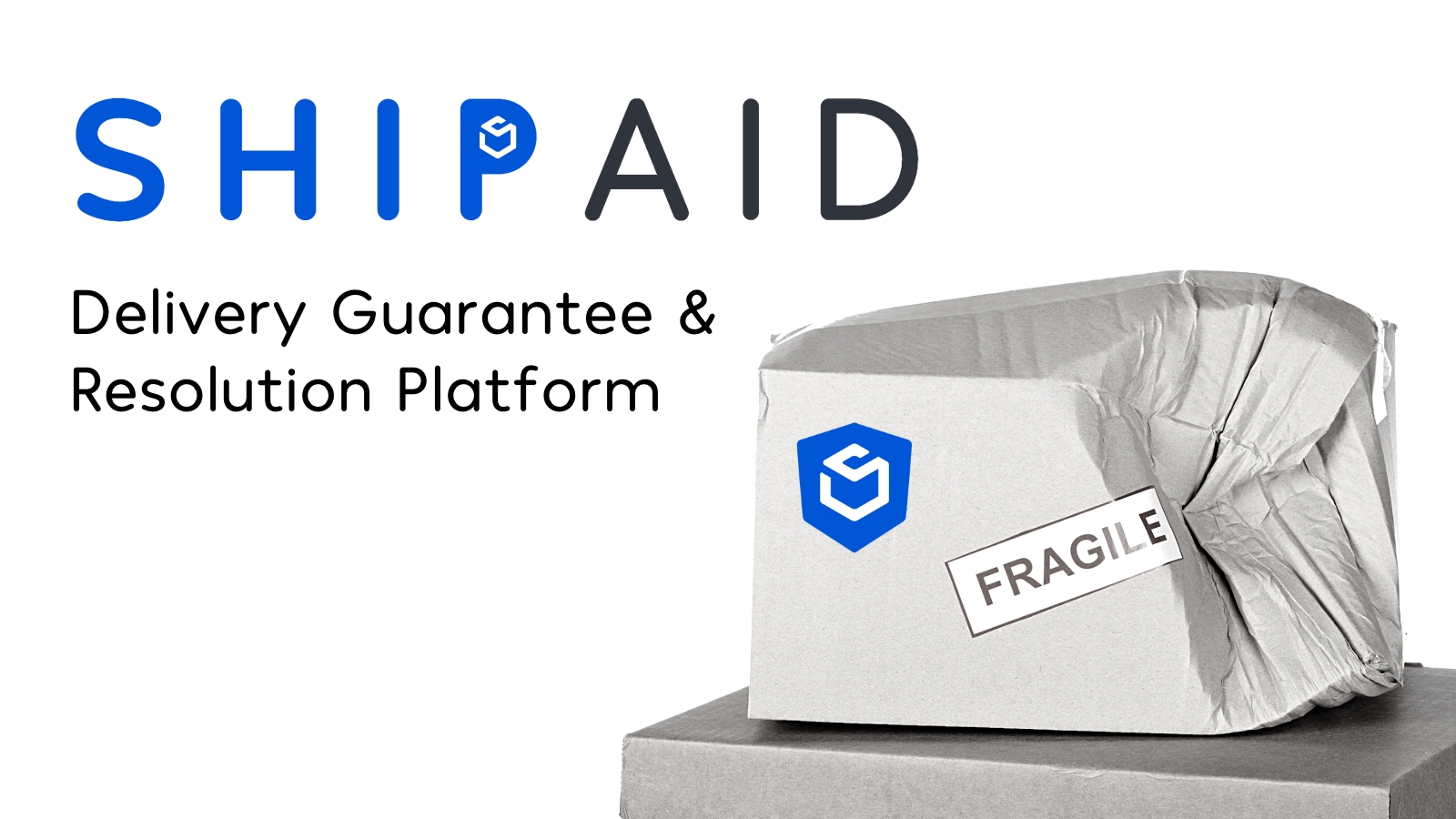
Ecommerce Shipping – Insurance
Should You Insure International Shipments?
Some carriers offer default insurance for basic coverage, but third-party insurance providers may offer better rates, broader coverage, and more reliable claims processing.
Ask yourself: can you afford to replace this item out-of-pocket if it disappears in customs purgatory? If not, insure it.
Protect your shipments—and your profits.
With ecommerce returns increasing by 11% year-over-year and international delivery risks rising, offering reliable shipping protection is more important than ever.
ShipAid gives you full control over shipping insurance, automated claims handling, and branded customer support—all designed to reduce refund losses and improve buyer trust.
Comparing Tracking Options Across Carriers
Not all tracking is created equal. Most carriers offer:
- Basic tracking (usually milestone updates like “in transit” or “delivered”)
- Advanced tracking (real-time GPS, status alerts, delivery confirmations)
International shipments often involve multiple hand-offs between carriers and customs agencies. To ensure visibility:
- Choose carriers with strong global tracking networks
- Offer tracked options to customers—even at a higher cost
- Automate tracking notifications through your ecommerce platform
Tracking numbers are the backbone of international order visibility—without them, you’re just guessing.
Integrating Order Tracking Tools and Shipping Software
Use ecommerce shipping tools or software that integrates order tracking into your storefront or CRM. This can:
- Send automatic delivery updates to customers
- Reduce customer service inquiries
- Centralize delivery performance data for future optimization
Platforms like Shopify, WooCommerce, and BigCommerce support native and third-party apps that manage order tracking. Integrate shipping apps to streamline your shipping workflow and enhance the international shipping process.
Last Mile Delivery Concerns and Solutions
The “last mile” refers to the final stretch of the shipping journey — getting the package from the local hub to the customer’s door. This is often the least predictable part, especially in rural areas or countries with underdeveloped delivery infrastructure.
To improve reliability:
- Partner with carriers that have strong local delivery networks
- Consider using fulfillment centers closer to international customers
- Offer pickup point or locker options where home delivery is less reliable
Last mile delivery directly affects the customer experience. Even if everything else goes smoothly, a poor final handoff can damage trust.
9 Fulfillment and Automation
A fulfillment center is a third-party warehouse that stores, picks, packs, and ships your products on your behalf.
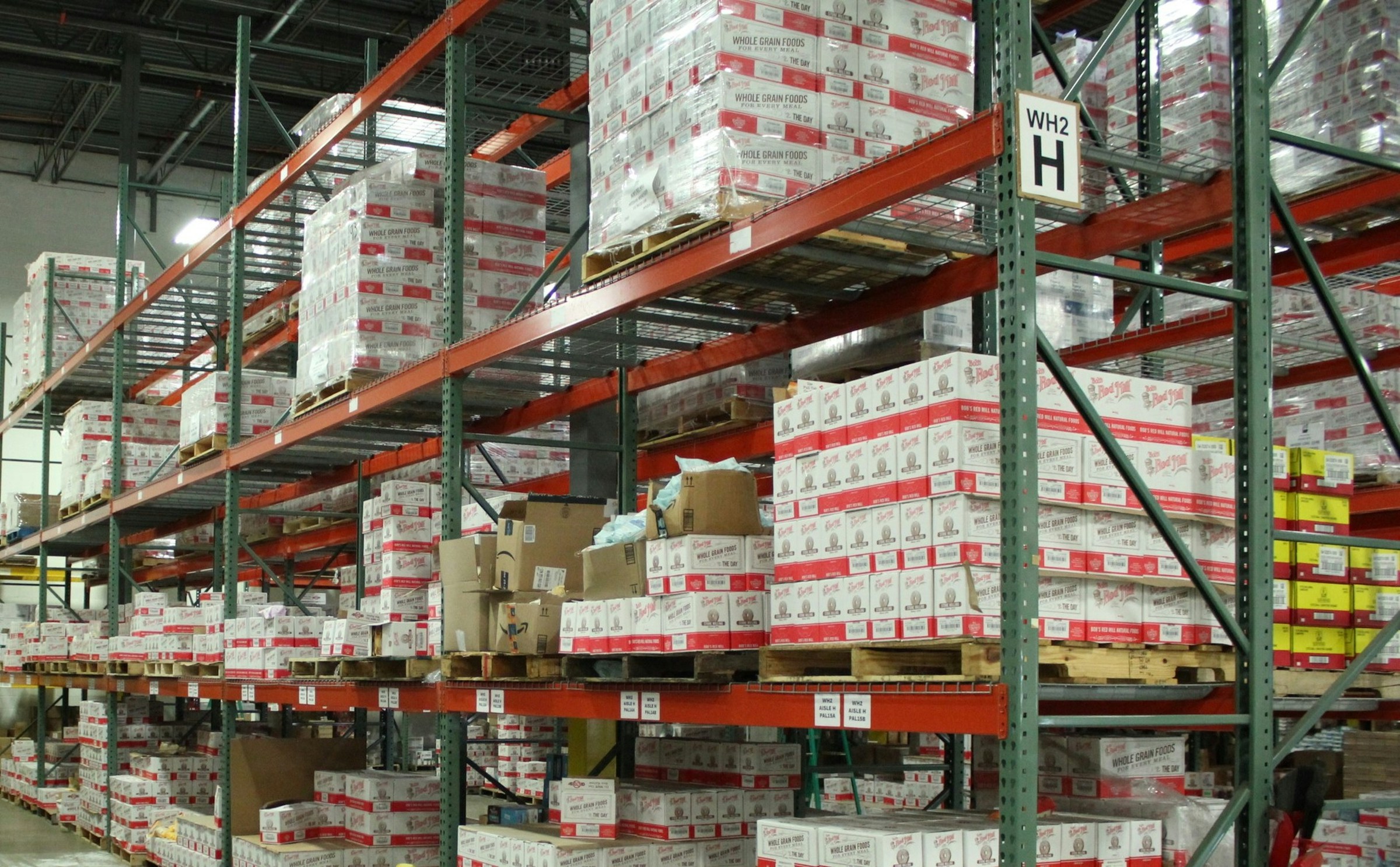
Ecommerce Shipping – Fulfillment
Benefits of Using a Fulfillment Center for International Orders
For international ecommerce shipping, this can:
- Speed up delivery times by positioning inventory closer to customers
- Reduce shipping fees by using local or regional carriers
- Handle customs documentation and cross-border logistics
- Scale easily during peak seasons without hiring extra staff
If you’re growing fast—or just tired of packing boxes at midnight—a fulfillment partner might be your next best hire.
Using a Fulfillment Warehouse vs. Shipping Manually
Manual shipping gives you control, but it can be time-consuming and error-prone—especially with international orders. A fulfillment warehouse offers:
- Automated label creation
- Inventory syncing with your ecommerce store
- Bulk shipping discounts with major shipping carriers
- Access to international shipping methods without having to negotiate rates yourself
The trade-off? You’ll have less direct control over packaging and handling — but in return, you gain efficiency, scale, and fewer trips to the post office.
Shipping Automation and API Integration
If you’re not ready for a full-blown fulfillment center, automation tools can still do most of the heavy lifting. With shipping apps and APIs, you can:
- Automatically print shipping tags and labels
- Select the best rate and carrier for each order
- Generate customs documents
- Send tracking info to customers in real time
APIs also allow developers to integrate with platforms like Shopify, WooCommerce, Wix, and BigCommerce to create custom shipping workflows — great if you’re building a more complex or multi-channel system.
For a deeper dive into automating fulfillment through Shopify, our Ecommerce Automation Guide breaks down what actually works.
Scheduling Pickups and Managing Warehouse Coordination
If you do work with a fulfillment center or warehouse, make sure they offer:
- Flexible pickup scheduling
- Integration with your ecommerce platform
- Real-time inventory tracking
- Clear SLAs (Service Level Agreements) for order fulfillment and shipping timelines
Pro tip: Communicate often and track performance. Fulfillment partners are an extension of your brand — if they mess up, your customers won’t blame them. They’ll blame you.
Signed, Sealed, Shipped
Ecommerce shipping and global delivery can feel overwhelming, but with the right strategies — clear policies, reliable carriers, smart automation, and solid documentation — you’ll be ready to scale globally.
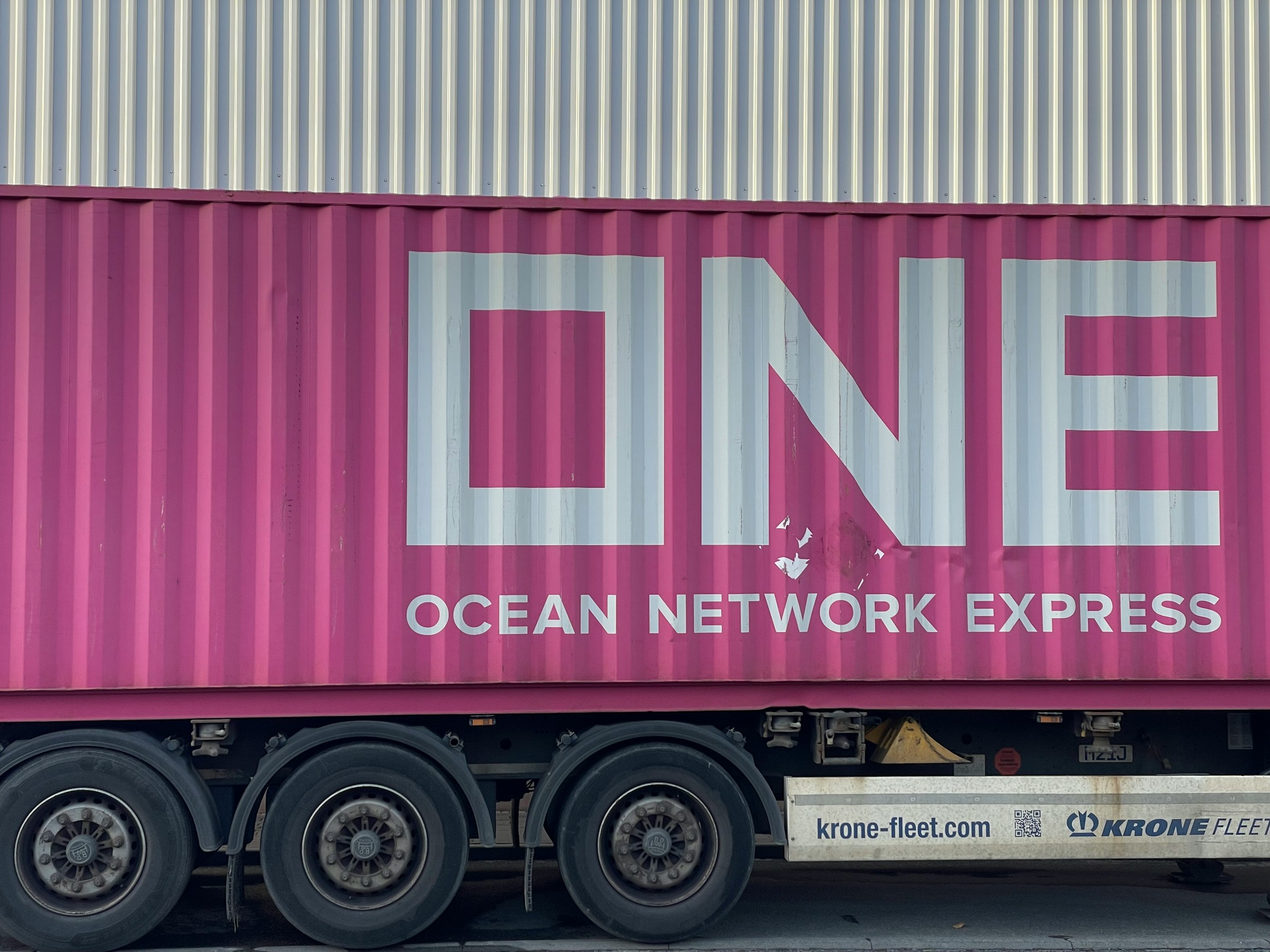
Ecommerce Shipping
Focus on optimizing shipping methods, managing costs, and meeting customer expectations across borders. A streamlined, thoughtful shipping setup isn’t just operational — it’s a competitive advantage.
Fast shipping starts with a fast store.
If your ecommerce site loads slower than your global delivery times, it’s time to fix that.
Try Hyperspeed to speed up your store and keep conversions moving at express pace.
Compare how fast your store is to a huge sample of other stores. Get benchmarked and find out where you can improve your speed to make more sales.How fast is your Shopify store?
FAQ
What’s the best way to reduce ecommerce costs for international orders?
To reduce ecommerce shipping fees, use regional fulfillment centers, choose cost-efficient shipping methods, optimize packaging materials, and automate rate comparisons with shipping software across shipping zones.
How do I handle customs clearance when shipping internationally?
For smooth customs clearance, include accurate labels, a commercial invoice, and harmonized codes. Comply with import/export regulations, and partner with shipping carriers offering customs support.
Which shipping methods are best for fast cross-border delivery?
Express shipping and expedited shipping are best for speed. Choose reliable shipping carriers with global coverage and tracking number support to reduce delivery times across cross-border shipping lanes.
What are the key differences between standard and international shipping?
International shipping involves customs duties, import/export regulations, longer delivery times, and potential shipping restrictions. Standard shipping is domestic and typically faster, with fewer regulatory hurdles.
How can I improve order tracking and delivery visibility for customers?
Use shipping software to generate tracking numbers, automate order tracking updates, and integrate with your platform. Partner with carriers that offer real-time tracking and last mile delivery transparency.



